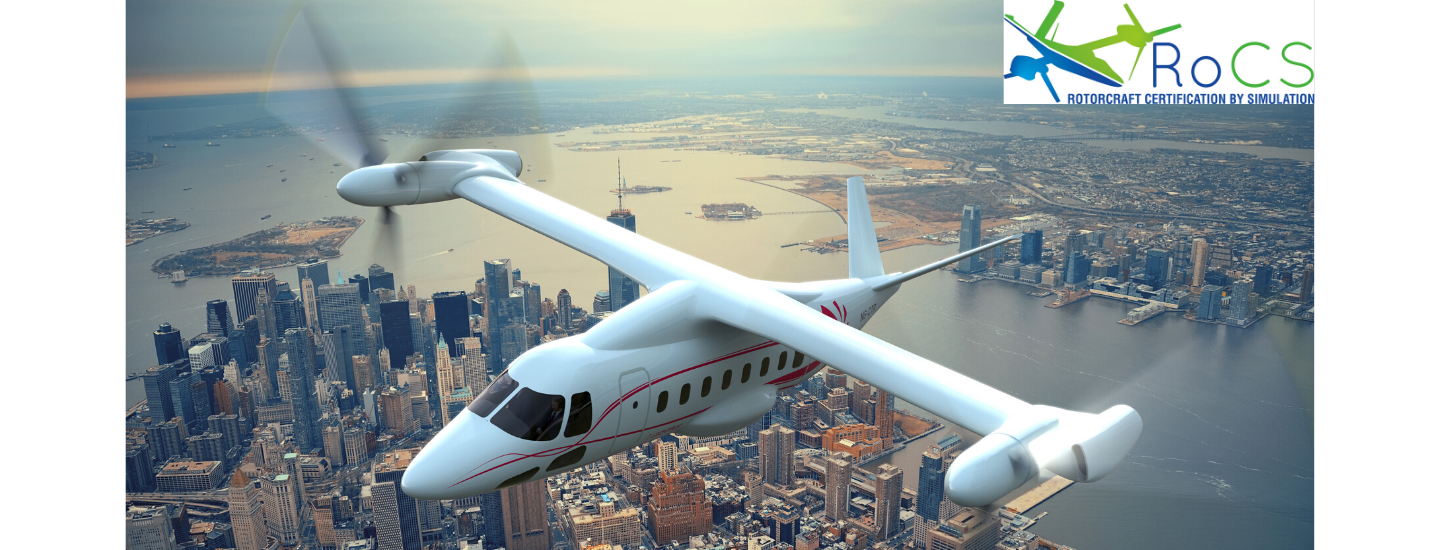RoCS
Rotorcraft Certification by Simulation
May 2019
- April 2022


The initiative
RoCS: certification of rotary-wing aircraft through virtual simulation. RoCS’s work consists of setting up a virtual certification process for each helicopter flight phase. This will increase safety and improve process development and product design, while reducing programming costs and environmental impact. The initiative focuses on creating operational synergy between the rotorcraft industry (Leonardo Elicotteri, LH), certification agencies (EASA) and leaders in the simulation world (industries, research centres, universities). Among its outcomes, the project is expected to produce a new generation of flight simulators, which will provide the framework for certifying and testing new generations of aircraft. As a direct consequence, it will be possible for European industries to speed up the certification of new concept aircraft, a category that includes many urban air mobility vehicles (UAM), otherwise known as air or flying taxis. This fast-developing sector is trying to provide an answer to traffic in urban areas.
The role of the Foundation
Fondazione Politecnico di Milano is working with Politecnico di Milano in the coordination of the initiative
Technical details
RoCS (Rotorcraft Certification by Simulation) is part of the Clean Sky Joint Undertaking 2, a research project funded by the European programme Horizon 2020. Clean Sky 2 is a public-private partnership between the European Commission and major players in European aeronautics and it was established to coordinate research and innovation among Europe’s industrial leaders, universities, research centres and SMEs. RoCS is coordinated by Politecnico di Milano, with its Department of Aerospace Science and Technology, and is supported by Fondazione Politecnico di Milano.
First results
RoCS’s main impacts will be on:
Safety: increased safety by making it possible to demonstrate flight conditions under the highest-risk conditions, as well as to evaluate emergency conditions and procedures in a virtual environment.
Economics: by reducing costs associated to flight tests. Flight tests are costly and heavy in manpower.
Time: simulator testing can be completed in a fraction of the time needed for a complete flight test.
Effectiveness: the possibility of testing a wide range of different configurations and it only needs a small increase in time and costs to evaluate many more configurations and settings.
Financial supporters






